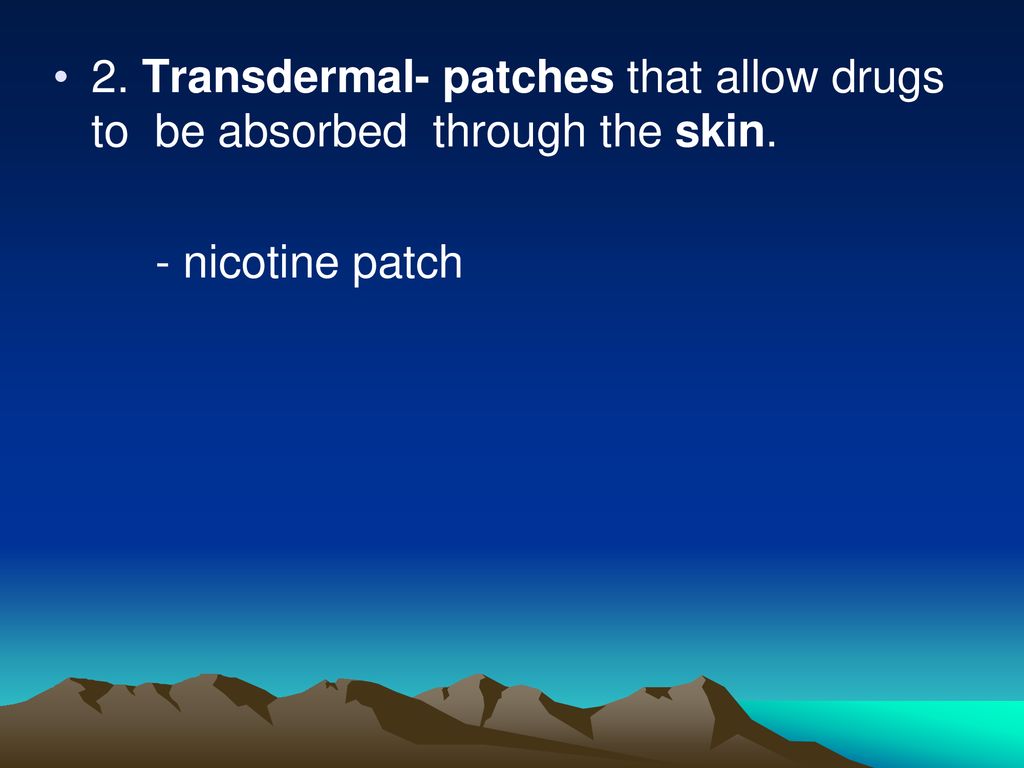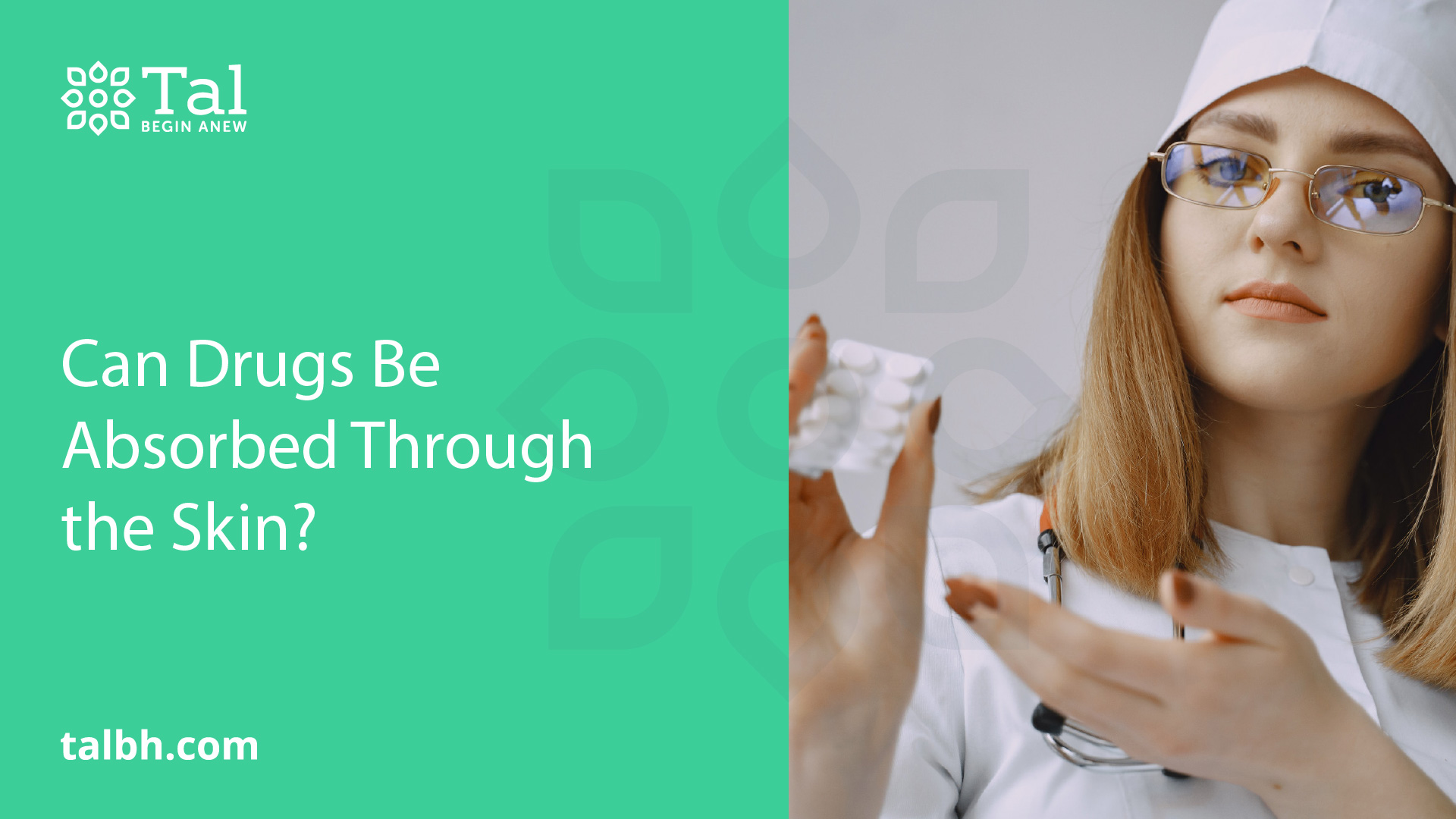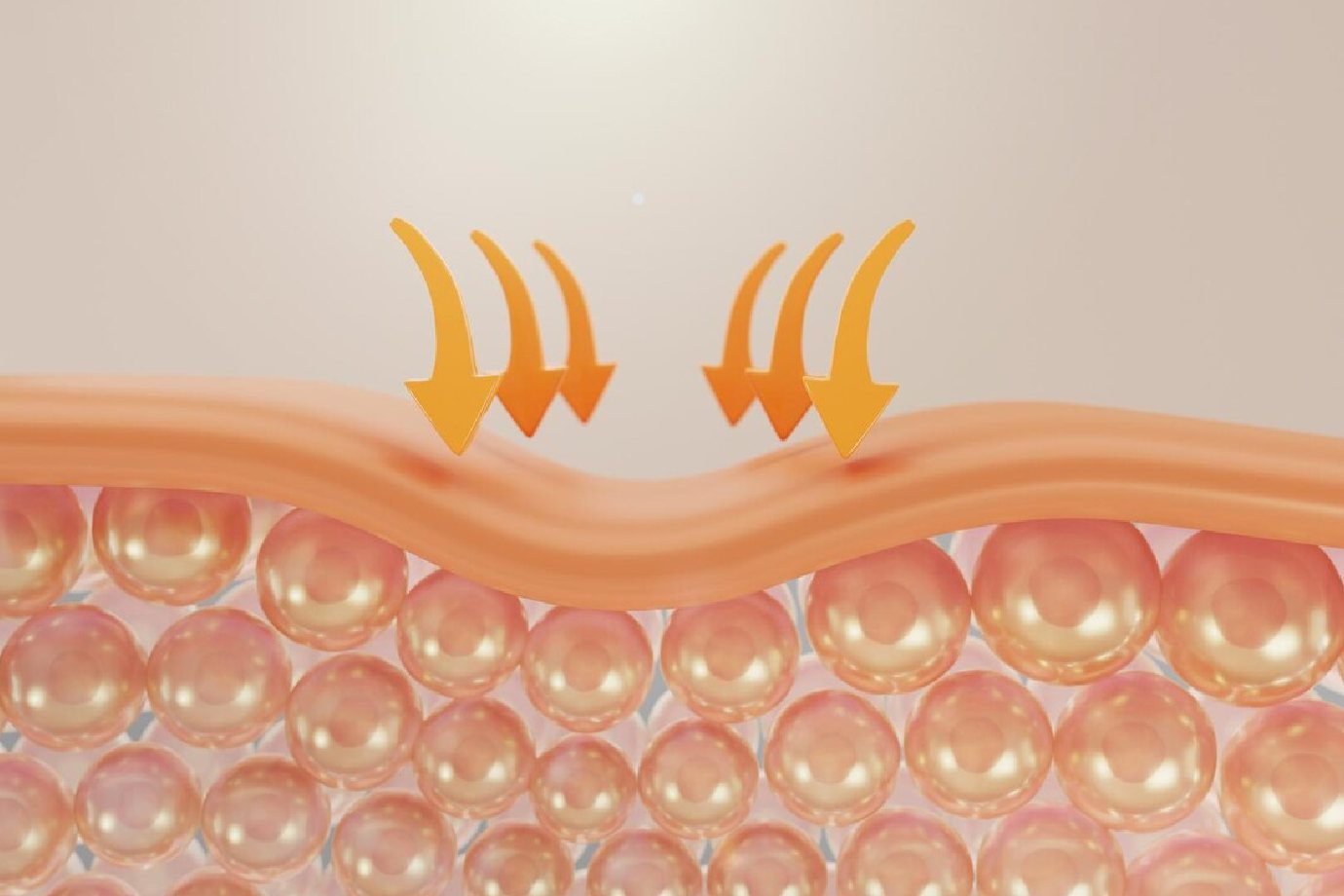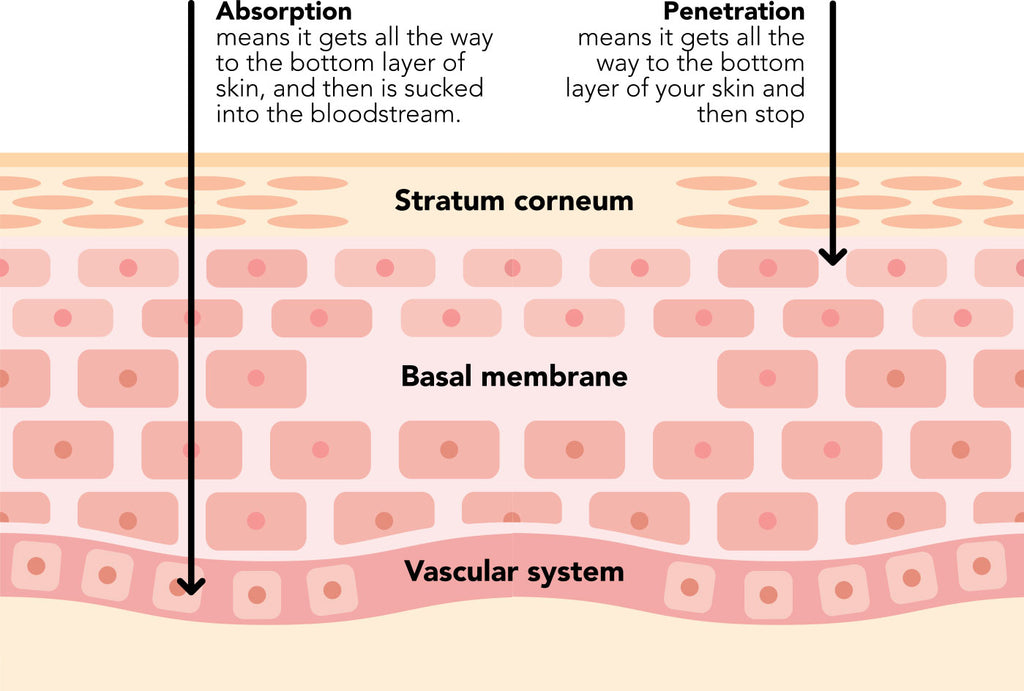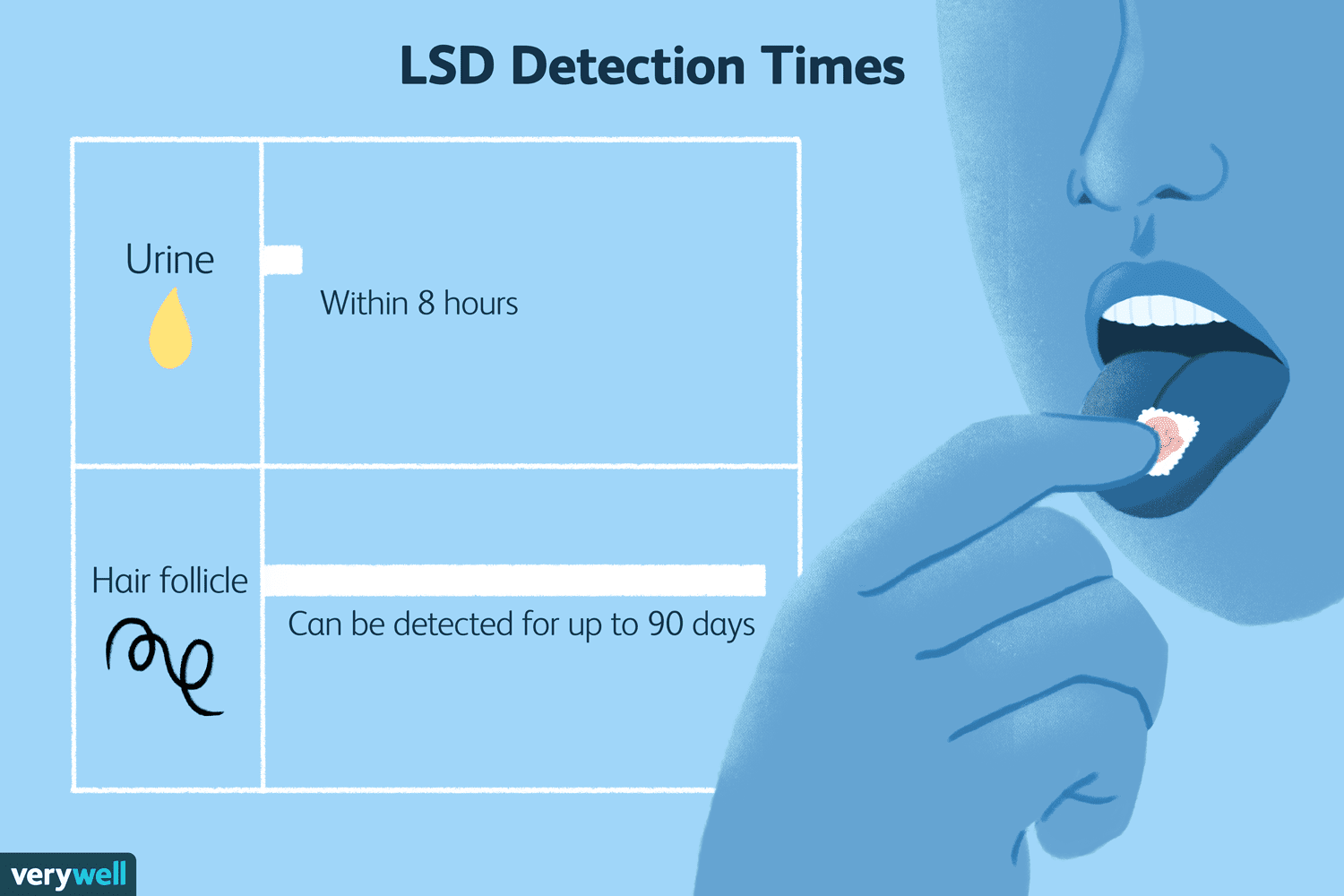Can Lsd Be Absorbed Through Skin

Panic swept through the internet recently, fueled by viral anecdotes and misinformation, surrounding the possibility of absorbing lysergic acid diethylamide (LSD) through the skin. Tales of accidental trips triggered by mere contact with the substance have proliferated, leaving many questioning the true risks associated with handling LSD, even unknowingly.
This article aims to dissect the science behind cutaneous LSD absorption, examining credible research and expert opinions to separate fact from fiction. We will explore the chemical properties of LSD, the barriers presented by human skin, and the documented routes of effective LSD administration to determine the realistic potential for transdermal exposure.
The Skin's Protective Barrier
The human skin is not a passive membrane, but rather a sophisticated organ designed to protect the body from external threats. The outermost layer, the stratum corneum, acts as a formidable barrier against the entry of most substances.
This layer is composed of tightly packed, dead skin cells embedded in a lipid matrix, effectively creating a water-resistant and relatively impermeable shield. For a substance to be absorbed through the skin, it must be able to penetrate this complex structure.
LSD's Chemical Properties
LSD is a complex organic molecule. It is considered a relatively large and polar molecule, which inherently limits its ability to passively diffuse across the lipid-rich stratum corneum.
Its chemical structure does not readily lend itself to efficient transdermal absorption. This is further supported by the fact that LSD is typically administered sublingually (under the tongue) or orally, bypassing the skin altogether.
Scientific Evidence and Expert Opinion
Extensive scientific literature on LSD rarely mentions transdermal absorption as a viable or significant route of administration. The focus remains on ingestion or injection.
Dr. Mark Ebright, a toxicologist specializing in psychoactive substances, stated: "The idea that you can accidentally absorb enough LSD through your skin to experience psychoactive effects is highly improbable under normal circumstances." He further explained that intact skin is a very effective barrier against most substances, and LSD does not possess the properties necessary to readily penetrate it.
Claims of accidental trips often lack verifiable details and rely heavily on anecdotal evidence. These stories are often amplified through online forums and social media, contributing to widespread misconceptions.
The 'Needle Park' Scare: A Case Study
One notable incident that fueled fears of transdermal LSD absorption occurred in 1972 in Zurich's 'Needle Park'. Police allegedly reported experiencing LSD-like effects after raiding the park, claiming they absorbed the drug through skin contact.
This incident was widely publicized, but subsequent investigations and expert analysis cast serious doubt on the initial claims. The reported symptoms could have been attributed to factors such as mass hysteria, anxiety, or exposure to other substances.
It is crucial to critically examine such narratives and rely on scientific evidence rather than sensationalized accounts. As Dr. Albert Hofmann, the discoverer of LSD, himself acknowledged in later years, the Zurich incident was likely the result of other contributing factors and not direct dermal absorption of the drug.
Real Routes of LSD Exposure and Risk Mitigation
While transdermal absorption of LSD is highly unlikely in typical scenarios, it is essential to acknowledge the real risks associated with handling the substance. Intentional misuse or accidental ingestion remains the primary concern.
LSD is an extremely potent substance, and even tiny amounts can produce significant psychoactive effects. Therefore, safe handling practices are paramount in laboratory settings or when dealing with LSD for research purposes.
Gloves should always be worn when handling LSD, and direct contact with the substance should be avoided. In the event of accidental contact, thorough washing with soap and water is recommended.
The Importance of Education and Harm Reduction
Misinformation surrounding LSD can contribute to unnecessary fear and anxiety. Accurate information based on scientific evidence is crucial for promoting responsible behavior and mitigating potential risks.
Harm reduction strategies emphasize education, safe handling practices, and responsible drug use. These strategies aim to minimize the negative consequences associated with LSD use, rather than solely focusing on abstinence.
Looking Ahead: Future Research
While current evidence suggests minimal transdermal absorption of LSD, further research could explore the potential impact of factors such as compromised skin integrity (e.g., cuts, abrasions) or the presence of penetration enhancers. Such research would add nuance to our understanding of the issue.
Continued efforts to disseminate accurate information about LSD and its effects are essential. This includes debunking myths and misconceptions, promoting safe handling practices, and fostering informed discussions about drug policy.
In conclusion, the widespread fear of absorbing LSD through skin contact is largely unfounded. While precautions should always be taken when handling any psychoactive substance, the risk of accidental intoxication through transdermal exposure is minimal. Focus should remain on preventing intentional misuse and promoting harm reduction strategies.



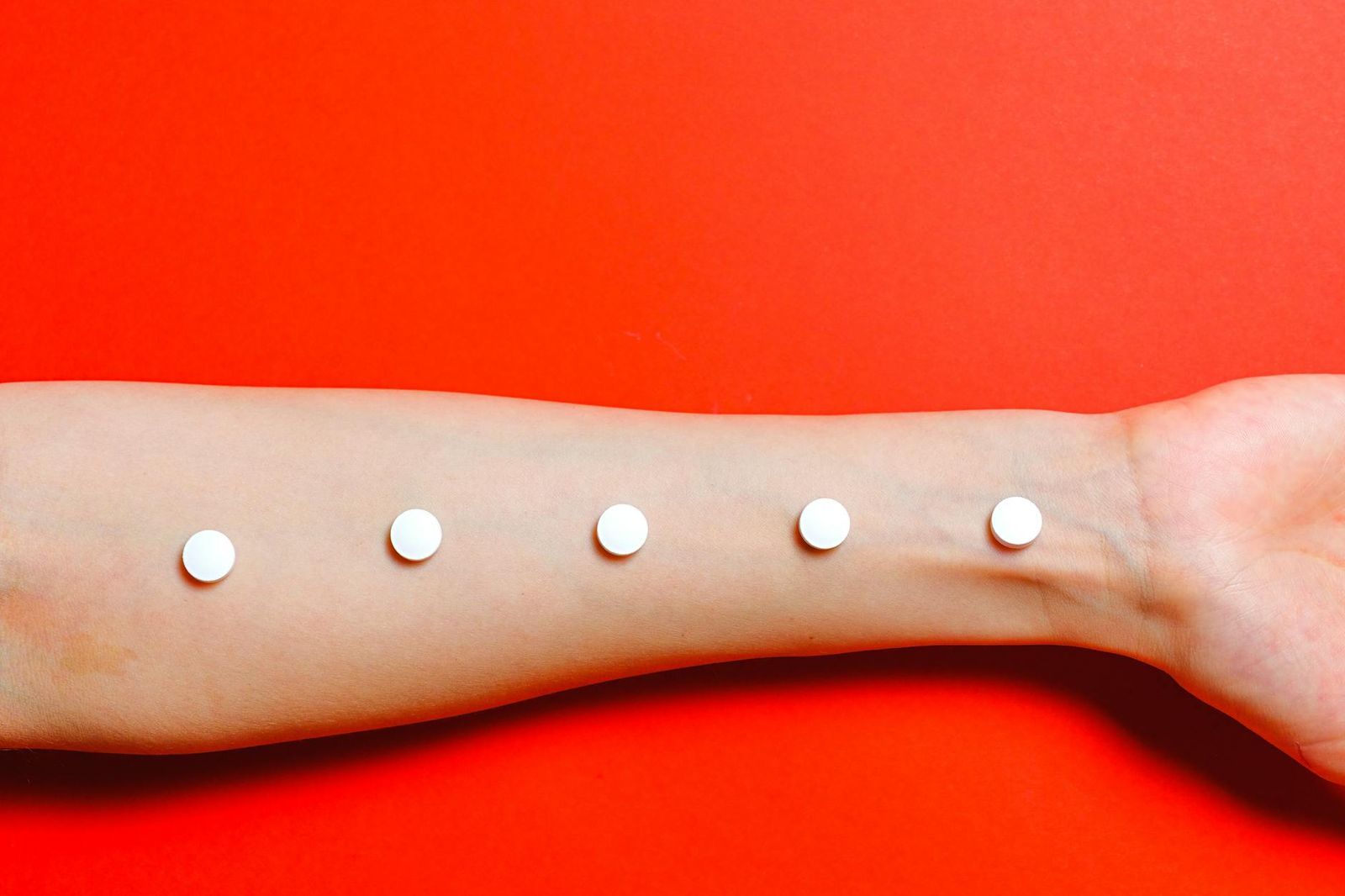
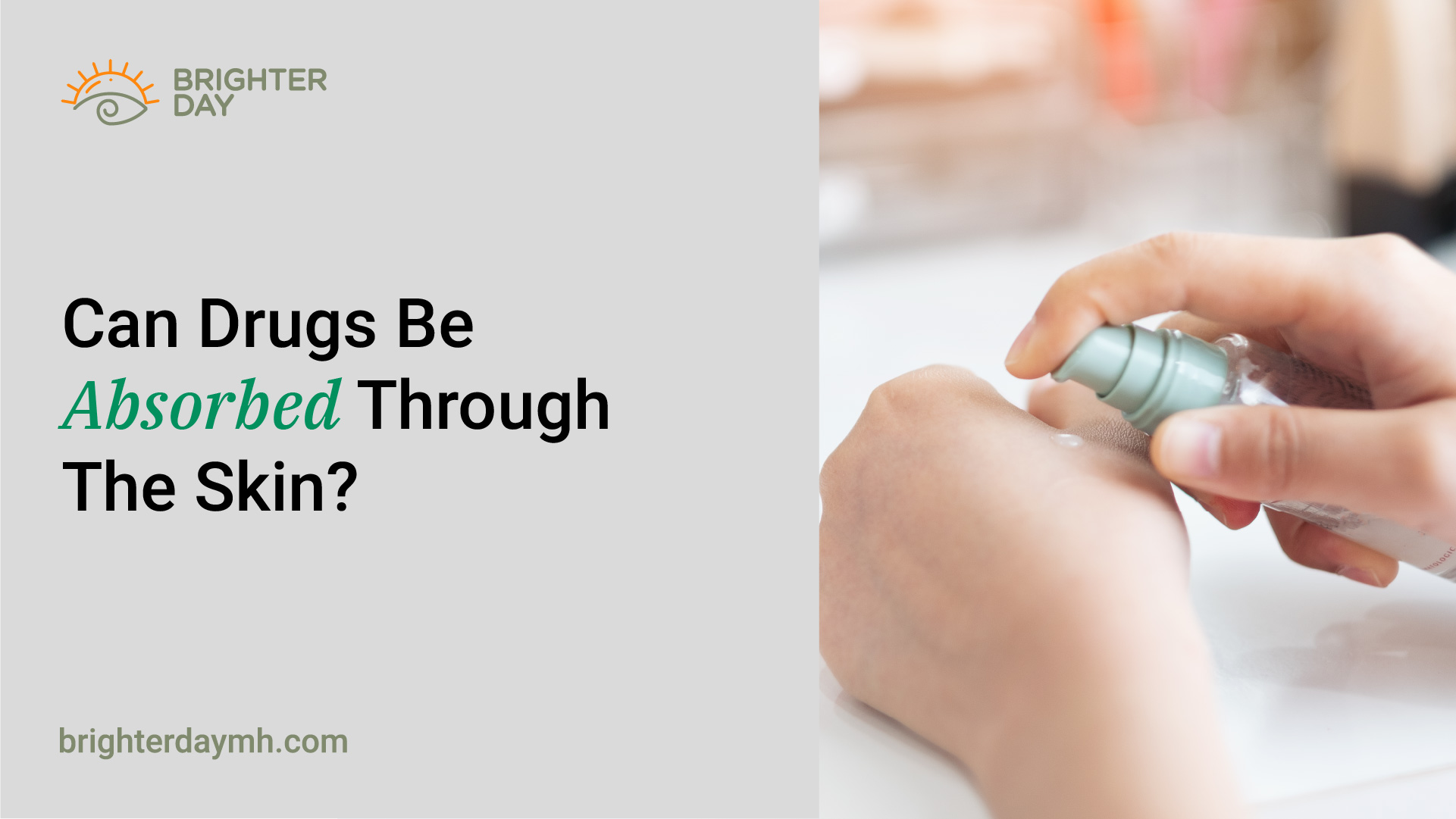
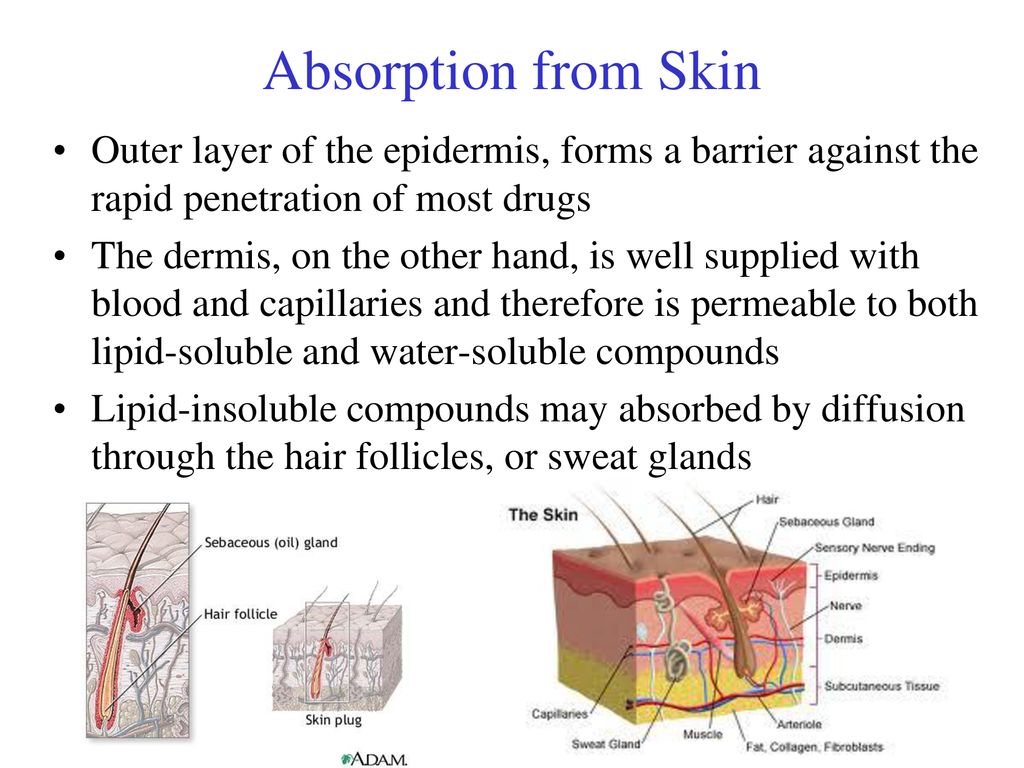
.jpg)
